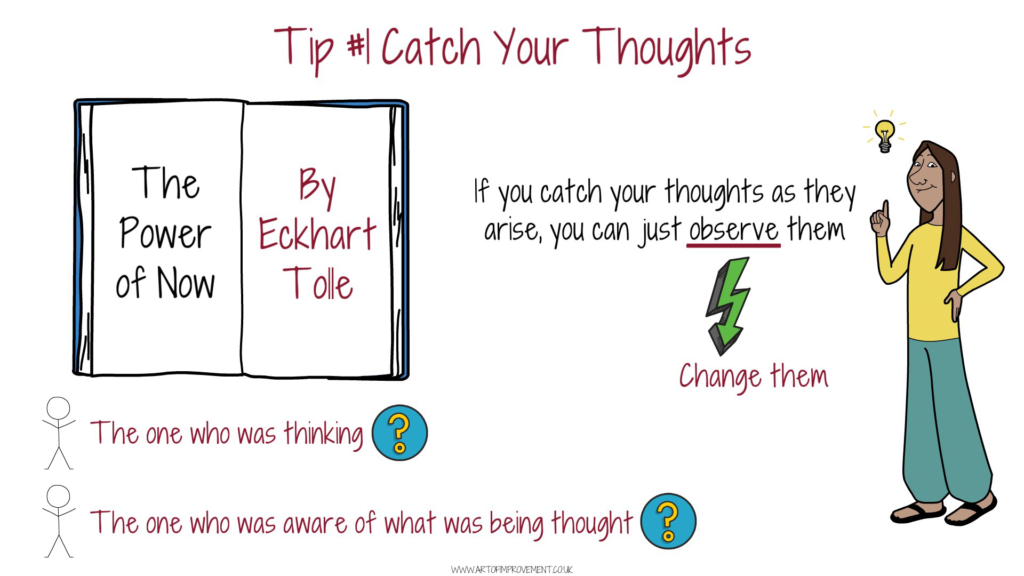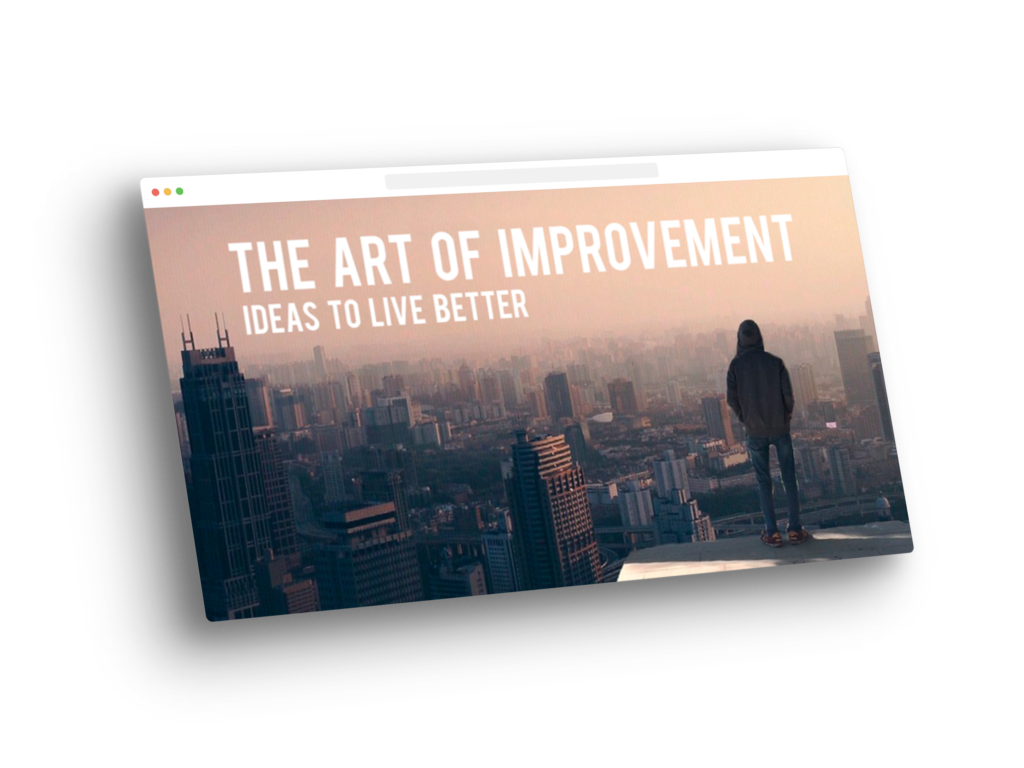According to Dr. Fred Luskin at Stanford University, people generally have over 60,000 thoughts in a day, most of which are repetitive. We often hear the reminder to “think positive!” and be “mindful” of what we’re thinking. Still, it’s easy to get caught up in negativity, worry, or doubt, and spiral into the repetition of those not-so-positive thoughts.
Negative thinking can take hold of us for many reasons. Critical self-talk, being judgemental, or feeling fearful are just a few examples. If you ask most people, they would prefer to be happy, peaceful, safe and positive. But sometimes it’s not that simple. So let’s take a look at how we started thinking this way in the first place.
In early human development our brains were wired to notice danger or negative situations and remember them. In those days, our survival depended on it. Out of a hundred thoughts, ninety-nine things can be fine, but the one thing that is not fine is the one that our brains will zone in on.
Negative thinking becomes a habit when our brains connect those particular neural pathways and reinforce them with another worry or negative thought. Some degree of negative scrutiny may be helpful and protective in certain cases. But if you get stuck in this mindset and see everything as negative, it’s defeated the purpose.
So what can be done if you’re addicted to negative thinking? Can this loop be broken? Here are a few tips that might help you understand how you’re thinking and what changes you could make to stop the negative cycle.
Tip #1. Catch Your Thoughts
The first thing to do is become aware of what you’re thinking. If you can catch your thoughts as they arise, you can just observe them. Author Eckhart Tolle commented in his book, The Power of Now, that he appeared to be two people. The one who was thinking, and the one who was aware of what was being thought. During a difficult time, he said he felt that he could no longer live with himself. At that point, he wondered, am I the person who I can’t live with? Or the person who can’t live with me? That realization led him to the understanding that we can observe our thoughts. And in doing so, the next step is that we can also change them.

Changing your thoughts can have a big effect on your life. For example, think about how your thoughts affect you physically. Most people would agree that when you’re happy, you feel good. These thoughts and feelings promote the production of the neurotransmitter, dopamine. This not only makes us feel good, it also increases our focus, contributes to motor function and decision making. It plays a big part in many other neurological and physiological functions.
So what happens when we think negative thoughts? We generally feel bad! These feelings can create chronic stress, producing cortisol, which is the hormone connected to the “fight or flight” response. When used properly, it prepares us to react to a dangerous situation. But we’re not meant to stay in that state. Continual negative thinking damages our body systems such as hormone balance and the immune system. As well as causing things like depression, anxiety and high blood pressure.
Once you start to “catch your thoughts” you can analyze what you’re telling yourself. Author Norman Vincent Peale wrote,
“Dwelling on Negative thoughts is like fertilizing weeds.”
Ask yourself, “What thoughts do I really want to cultivate?”
Tip #2. Assess the Reality of Your Thoughts
Observing your thoughts can help to recognize whether you’re focused on the positive or the negative. Is there a real problem here that needs to be addressed? Or something you can acknowledge and let go of? When you process your thoughts with awareness, you can place them in the appropriate category.

Negativity may feel familiar and become your default way of thinking. And you may feel that you are protecting yourself from disappointment as if everything is going to turn out bad anyway. But is that based in fact? Begin to question your negative beliefs and ask yourself if the thought is actually true?
Have you known someone who just seems to have a negative attitude no matter what is happening? Sometimes this can be a learned behavior from early childhood. If you grew up in a negative environment with constant criticism and unfortunate events, your way of thinking was programmed by the people and situations around you. But once you realize that your thoughts can change, you can start working on doing things differently. As an adult, you can make new choices about how you look at things, and who you surround yourself with.
Tip #3. Accept and Redirect
So how do you change to a more positive mindset? If you’ve been addicted to negative thinking for a while, you will need to learn to redirect your thoughts.

Resisting is not usually the best way to confront your negativity. Swiss psychiatrist Carl Jung stated,
“Whatever you resist persists.”
By that he meant that the more you resist something, the more you attract it toward you. It may seem counter productive to accept your negativity. But let’s look at how that might work for you.
In Stoic philosophy, they believe if you imagine the worst that could happen and accept that, then the reality of what was actually happening wasn’t so bad after all. Although it may seem like an odd way to deal with your worries, by making them seem even worse, it does have a way of putting it in perspective. Once you realize you could survive the worst option, you can redirect your thoughts to deal with things realistically and with optimism.
Stoic philosopher Seneca said,
“Perhaps the worst will happen, perhaps not, but until then, look forward to better things.”
Tip #4. Appreciate Moments of Joy and Gratitude
Gratitude is a great tool to change your negative thoughts to positive ones. Even small things can help create a new habit of positive thinking. It’s difficult to have two opposing thoughts at once, so when you focus on what is good, the negative thoughts will have to take a back seat.

Have some specific thoughts you can go to when you need to reset your thinking. Think about people and places that bring you joy, your favorite music or special pets. Be grateful for everything.
Watch for things that are going right. Do you have clean drinking water at home? If so, then you are more fortunate than 2.1 billion people worldwide, according to the World Health Organization. We often overlook the things we take for granted. But if you start to look at all the things to be grateful for, your brain will begin to watch for more of the same.
Author Marianne Williamson wrote,
“Joy is what happens to us when we allow ourselves to recognize how good things really are.”
Tip #5. Establish New Patterns and Activities
By making changes to your thinking patterns, you will be well on your way to eliminating your negative thinking habit. Take a walk, meditate, breathe. Do something that makes you feel good. See the glass half full.

One more useful tool to try is called Visual-motor Behavior Rehearsal. The human mind cannot distinguish between reality and non-reality on its own. It responds to external sensory input. By using as many of your senses as you can to create a scene in your mind while envisioning a given action, you may elevate your level of competence. This has been used for things like relaxation and sports training. It has been proven to be as effective as having done the actual race or event in real life. The human brain processes it as if it had really happened. You can use this technique for positive thinking as well as any other self-improvement behavior.
Awareness is the key to making changes to your thinking. Redirecting your thoughts is easier than fighting them. Being able to laugh at yourself when you notice judgemental, hypercritical or worrisome thoughts can lighten the situation and gratitude takes you one step closer toward more positivity and away from thoughts that no longer serve you.
Marcus Aurelius stated,
“The happiness of your life depends upon the quality of your thoughts.”
You choose.
